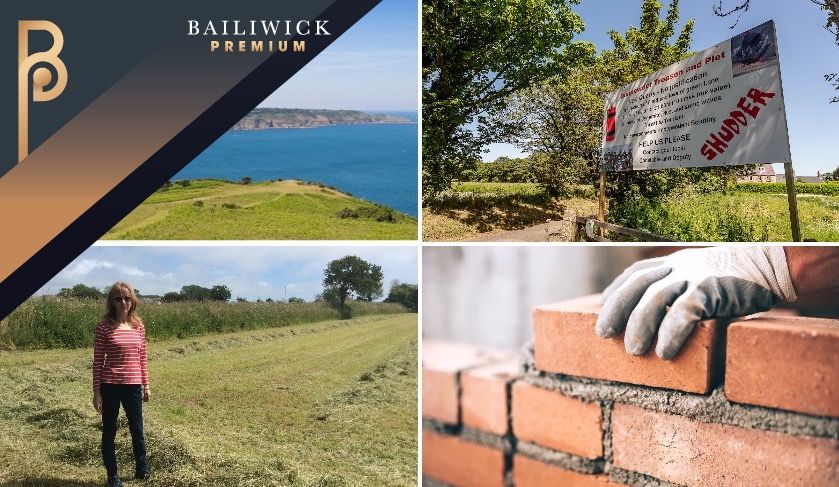


The controversial Island Plan, which backs building homes on fields and supports more quarrying in the countryside, may have dropped out of the headlines over the summer but it hasn't gone away - in fact, the next stage is about to begin.
Soon, all the issues that prompted more than 2,000 islanders to comment after it was first published will be aired in public.

Continue reading this article
Log in or sign up for an AIM Plus account now to read this story.
Get more from AIM Plus
Comments
Comments on this story express the views of the commentator only, not Bailiwick Publishing. We are unable to guarantee the accuracy of any of those comments.